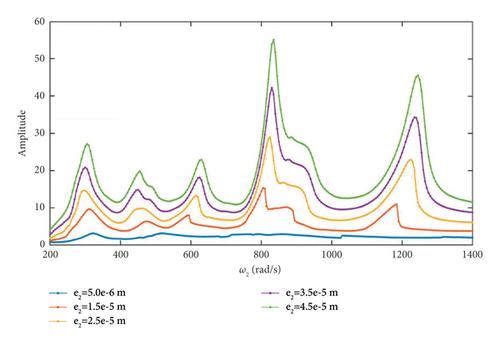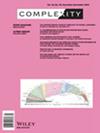Nonlinear Dynamic Analysis on Dual-Rotor-Bearing-Casing System for Marine Gas Turbine
Abstract
Taking the marine gas turbine as a research background, a dual-rotor-bearing-casing system model was established considering the bearing nonlinearities and unbalanced excitation. Based on Lagrange’s equation of motion and rotor dynamics theory, the effects of key parameters such as radial clearance of intershaft bearing, rotor mass eccentricity, and rotational speed on the nonlinear characteristics of the system are investigated. The results indicate that the typical parameters have a significant effect on the system’s nonlinearities. To alleviate the vibration jump phenomenon, the radial clearance should be reduced to improve the coupling between the high- and low-pressure rotors. Reducing the mass eccentricity can effectively degrade the resonance peaks, but it will highlight the hard resonance characteristics. The work process should pass through the resonant-speed regions and the low-speed regions of start-stop phase as soon as possible. The research findings contribute to understanding the nonlinear dynamic characteristics of dual-rotor systems, providing a theoretical basis for their stable operation and the optimal design of working speeds.


 求助内容:
求助内容: 应助结果提醒方式:
应助结果提醒方式:


